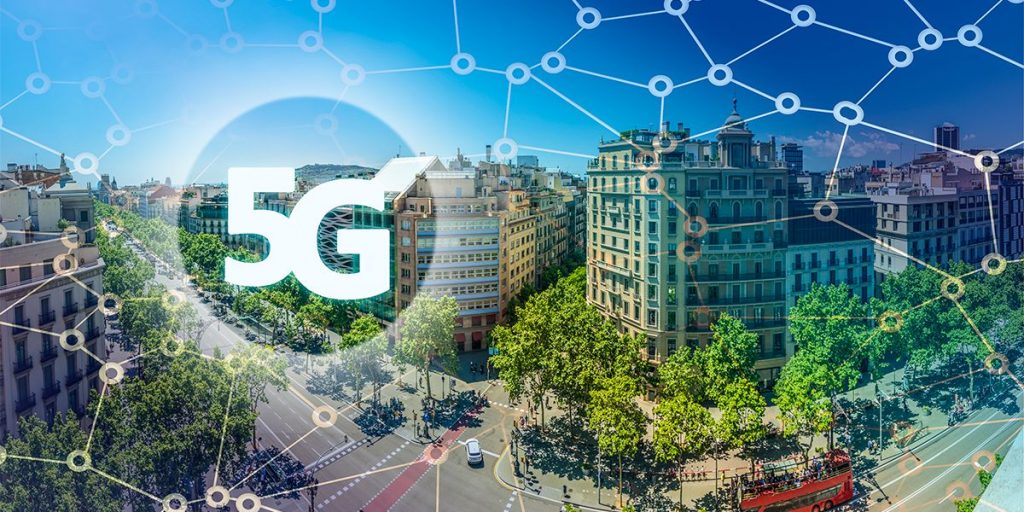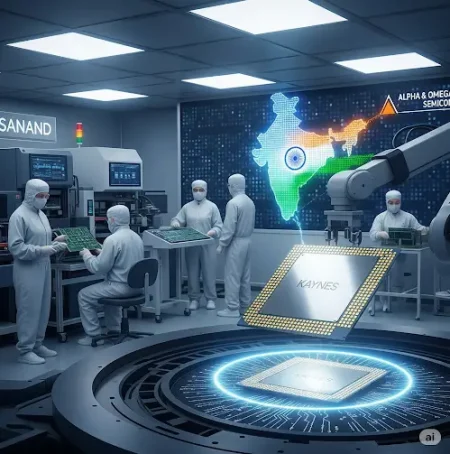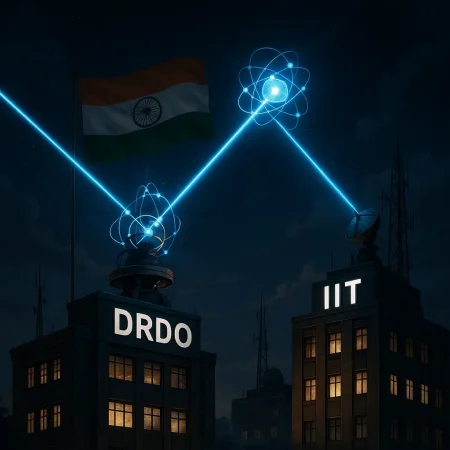Many believe the mid-band to be the key to unlocking true 5G potential
It was exactly 100 years ago, in 1922, that Charles Francis Jenkins sent the first still picture by radio waves. If you explained to someone back then that the entire world would be wirelessly live streaming in less than a hundred years’ time, you would definitely be laughed at and ridiculed. Similarly, if you told someone ten years ago that the majority of the world would be working from home in the not-so-distant future, they probably wouldn’t believe you either. Fast forward to the present day where the entire world has gone mobile, we find ourselves on the brink of what many are calling the 4th industrial revolution.
So how fast is it really?
If you do a quick search on 5G speeds and capabilities, you’re going to get a lot of different answers, and with good reason. According to Qualcomm, “5G wireless technology is meant to deliver higher multi-Gbps peak data speeds, ultra-low latency, more reliability, massive network capacity, increased availability, and a more uniform user experience to more users.” Unlike 4G which is powered by LTE and is hence straightforward to define, 5G is a combination of several different technologies put together to achieve a new global wireless standard for digital communication.
Another important fact to consider is that the multi-Gbps speeds mentioned in the definition above are on the higher end of the 5G spectrum that’s split into three bands, all with different speeds, capabilities, and coverage. So, there’s a low-band, a mid-band, and a high-band, all of which deliver 5G services. To keep it simple, the low band has a 600 GHz signal which is both the strongest, most resilient and can cover hundreds of square miles, as well as penetrate through walls, buildings, concrete, steel, glass, etc. You can expect download speeds of anywhere between 40 – 200 Mbps on this band which is a decent baseline and a big improvement over 4G.
Mid and High band 5G
As opposed to the low band 5G that covers hundreds of square miles and is great for rural coverage, mid-band offers much higher speeds within a radius of a few miles around a tower and is expected to feature in metros. There are some reports of 600-900 Mbps mid-band peaks being delivered in China and South Korea, and Huawei claims to have achieved a 3.67 Gbps mid-band peak in Switzerland.
While this may still be a far cry from the so-called 4th industrial revolution, many believe the mid-band to be the key to unlocking true 5G potential.
The reason for this is that high band 5G antennas have a maximum range of around a mile. Additionally, this is further reduced by the fact that high-band 5G uses millimetre-wave or mmWave signals that are weak when faced with obstacles like concrete, glass, and steel.
So, while organizations like Samsung are claiming speeds of up to 7 Gbps over mmWave, the installation and operational costs of high band 5G might not be as profitable as previously imagined. This isn’t to say high band won’t have takers with specialized use cases, what we mean here is that it isn’t yet affordable enough for a large-scale rollout.
Built for the Cloud
Now in addition to speed and low latency, the biggest advantage of 5G is going to be the millions of concurrent connections per square mile. This is mainly since, unlike 4G, 5G has virtualization and cloud-design principles as its base. For the uninitiated, Cloud computing refers to the process of renting out IT resources like computing power, storage, and memory on a pay-as-you-go basis where you only pay for the resources you consume. Compared to buying, owning, and maintaining physical servers where you pay the same price, regardless of usage, cloud computing has revolutionized the way applications are built, managed, and deployed.
It’s this characteristic of being built around virtualization that allows for integration with cloud technologies like software-defined networking (SDN), virtualized Radio Access Networks (vRAN), and network function virtualization (NFV). While that might sound like a mouthful, what it all does is allow network providers to enhance their existing networks, purely by adding new software-defined functions. This also allows for network slicing, which allows operators to host different specialized virtual networks on the same physical network. So there could be one network customized for gaming, another one for medical devices, and another one for people working from home, all on the same physical network.
5G Applications and the IoT
According to a recent IDC forecast, there will be roughly 41.6 billion IoT devices by 2025, generating 79.4 zettabytes of data. The internet of things or IoT refers to a network of autonomous devices that connect to the internet and can collect and exchange data. These IoT devices include everything from smart TVs to wearable devices, WiFi routers, and basically anything with a sensor. You might be sitting around streaming Netflix in HD on your 4G connection wondering who needs 5G? The IoT needs 5G, especially if we want to build smart cities soon.
Smart Cities are a great example of how you can really put 5G to work and a 2017 Accenture strategy report predicted that using 5G networks to manage traffic and power could save cities $160 billion. Additionally, upgrading to 5G will allow cities to process data from millions more IoT devices, including all kinds of equipment sensors, security cameras, ATM machines, street lights, traffic lights, and more. Driverless cars rely highly on information received from their sensors and the IoT and human lives depend on how fast that information travels. Similarly in the field of telemedicine and remote healthcare, human lives depend on low latency and high speeds.
In conclusion, while 5G may or may not be the 4th industrial revolution, what it effectively does is digitalize the world to a point where there will be a virtual or software-defined version of practically everything. With seemingly endless computational power and bandwidth at our fingertips, it will be interesting to see where we go from there.
In case you missed:
- California startup develops app to sell sunshine at night
- China launches world’s first AI-powered underwater data centre!
- Humans Just Achieved Teleportation? Clickbait vs. Facts
- DeepSeek’s AI Revolution: Creating an Entire AI Ecosystem
- How AI Is Helping Restore the World’s Coral Reefs
- Will Pi Coin Be the Next Bitcoin? A quick Reality Check!
- Slaughterbots: Robot Warriors in the Indian Armed Forces!
- India’s first Aatmanirbhar Chip Fab: TATA leads the way!
- NVIDIA’s Isaac GR00T N1: From Lab Prototype to Real-World Robot Brain
- AI Uncovers Thousands of Potential Psychedelic Compounds!










